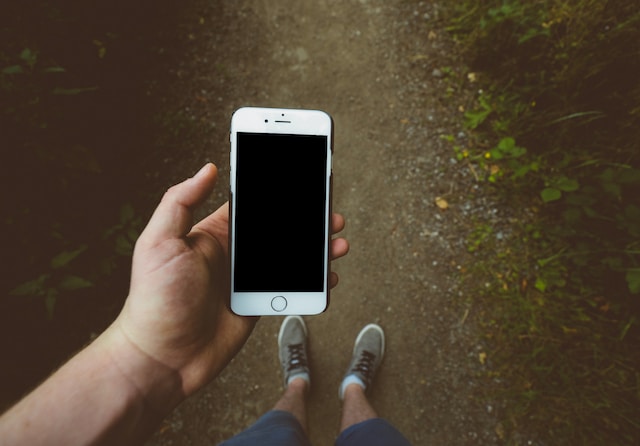It’s time to shift our gaze away from screens and towards our own actions. While the distraction of our smartphones is a familiar notion, recent research sheds light on the potential dangers of texting while walking.
We’ve all encountered those moments of accidental collisions or stumbles while manoeuvring through crowded spaces, like bustling train platforms during rush hour. However, could our constant fixation on screens while in motion be putting us at considerable risk?
While the perils of texting while driving are widely acknowledged, a new study indicates that composing messages while walking can be equally hazardous. Led by senior researcher Matthew Brodie, Neuroscience Research Australia embarked on an investigation involving 50 young adults from the University of New South Wales, all equipped with their smartphones. The objective? To discern whether simultaneous walking and texting poses significant dangers.
Brodie told the ABC, “I wanted to know if these dangers are real or imagined and to measure the risk in a repeatable way.” Armed with their smartphones and secured by safety harnesses to prevent falls, participants engaged in six walking tasks and one seated assignment.
To ensure precision, each walking task was repeated twice—once while texting and once hands-free. Researchers affixed motion sensors to participants’ head, torso, pelvis, and feet, meticulously analysing their ability to anticipate falls across varying hazard levels. These hazard levels encompassed:
- Seated
- Normal walk: Walking without slipping risk
- Threat: Walking with a risk of slipping
- Slip: Walking with a 70cm slip hazard The Unexpected Discoveries
Upon examining the responses from the 50 participants, Brodie encountered an unexpected degree of variability in their approaches. “Certain individuals adopted a more cautious pace, while others accelerated in anticipation of potential slips. These divergent reactions underscore the uniqueness of each person’s behaviour. Addressing the perils of texting while walking might necessitate diverse strategies,” Brodie remarked.
Despite the nuances in participants’ approaches, the overall results unequivocally demonstrated that texting impaired their focus and their capacity to predict falls. In a task where participants were asked to walk and type the phrase “the quick brown fox jumped over the lazy dog,” researchers observed heightened inaccuracies, revealing participants’ struggle to avert stumbling.
In light of the study’s findings indicating the tangible risks of texting while walking, researchers are advocating for the implementation of locking technology in mobile phones—akin to the features used to curtail phone usage while driving. While more permanent technological solutions remain in the conceptual stage, the onus currently falls on individuals to prioritise their own safety.
So, the next time the urge to text strikes while in motion, perhaps it’s worth pausing to find a seat or even simply standing still to complete the message.

![5 Reasons You Should Travel Alone Airplane [image source: chau nguyen/ http://thedevilhatessweatpants.blogspot.com.au ], crowd ink, crowdink, crowdink.com, crowdink.com.au](https://crowdink.com/wp-content/uploads/2016/08/Chau-airplane-218x150.jpg)




























![5 Reasons You Should Travel Alone Airplane [image source: chau nguyen/ http://thedevilhatessweatpants.blogspot.com.au ], crowd ink, crowdink, crowdink.com, crowdink.com.au](https://crowdink.com/wp-content/uploads/2016/08/Chau-airplane-100x70.jpg)


